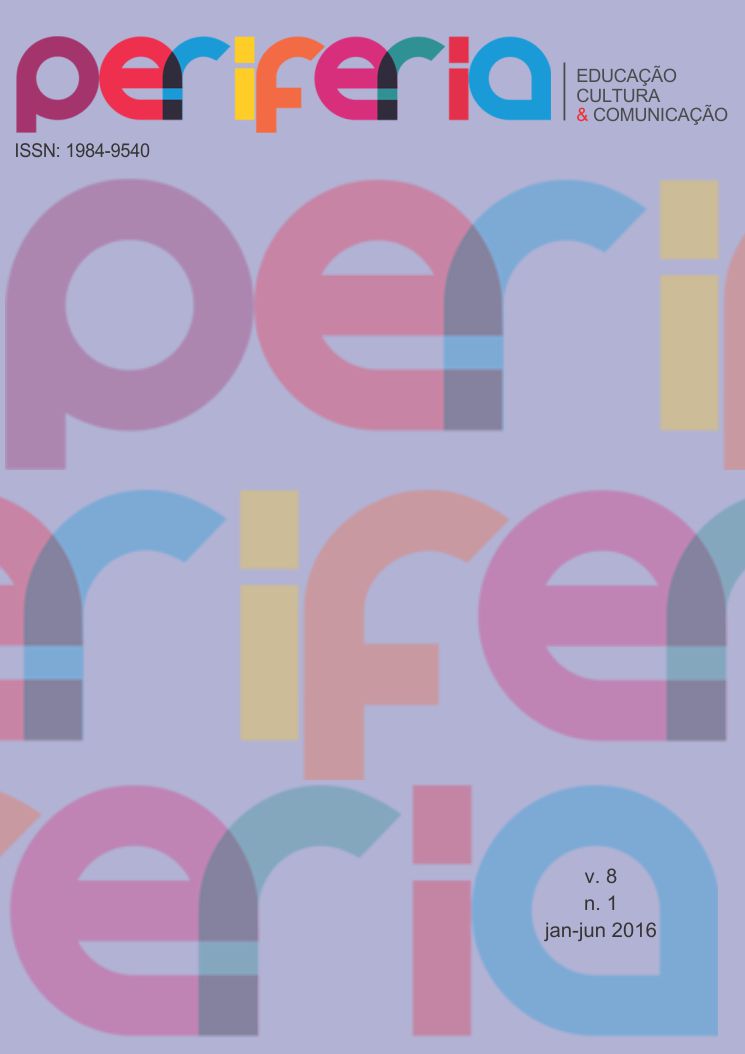CONHECENDO O CRIAAD DE NOVA IGUAÇU, SEUS SUJEITOS E SUAS TENSÕES RACIAIS
DOI:
https://doi.org/10.12957/periferia.2016.27718Keywords:
socioeducação, sujeitos, Baixada Fluminense, relações étnico-raciaisAbstract
DOI: 10.12957/periferia.2016.27718
Este trabalho possui como objetivos, a partir de uma breve exposição e uma análise, apresentar e dar mais visibilidade ao CRIAAD Nova Iguaçu, aos indivíduos que ali se encontram e suas inter-relações, buscando compreender como ocorrem as tensões com motivações raciais nesta unidade e analisar de que forma atuam os agentes públicos responsáveis pelos adolescentes nesta instituição para combater e prevenir tais atitudes. Objetiva, também, mostrar a necessidade de se refletir sobre os termos cidadania e juventude a partir de um referencial de identidade étnico racial. É possível dizer que esta análise é bastante sucinta tendo em vista a riqueza e a quantidade de informações trazidas pelos jovens socioeducandos e agentes públicos quando entrevistados e também quando apenas observados. Para este artigo fiz um recorte com apenas algumas informações, dentre as muitas, obtidas através da observação do campo e de entrevistas realizadas com alguns servidores da unidade em questão.
Downloads
Published
How to Cite
Issue
Section
License
Authors who publish in this journal agree to the following terms:
a. Authors retain the copyright and grant the journal the right of first publication, with the work simultaneously licensed under the Creative Commons Attribution License which allows the sharing of the work with acknowledgment of the authorship of the work and initial publication in this journal.
b. Authors are authorized to take additional contracts separately, for non-exclusive distribution of the version of the work published in this journal (eg, publish in institutional repository or as a book chapter), with acknowledgment of authorship and initial publication in this journal.
Authors are allowed and encouraged to publish and distribute their work online (eg in institutional repositories or on their personal page) at any point before or during the editorial process, as this can generate productive changes as well as increase the impact and the citation of the published work (See The Effect of Free Access).



